Kiev. Lutezhskiy bridgehead
Some comments and conclusions, as well as photos, belong to the authorship of our Okoloradsky. We tried to preserve the peculiarities of the Ukrainian view of history and, for the most part, supplemented the purely historical part of the material.
It will be historically incorrect to consider all the events connected with the liberation of Kiev in particular, and of Ukraine as a whole, as a single military operation. This is a whole series of brilliant and not so much operations of the Soviet command. And each such operation is a separate episode of the war. But on the whole, a huge campaign - the Battle of the Dnieper - contributed greatly to the liberation of Ukraine.
We will take the responsibility to say so. The Dnieper is a huge river with a steep right bank, which created great difficulties during the attack and helped in the defense. Plus, the length across the territory of Ukraine.
Suffice it to say that the troops immediately took part in this Battle of the 5 fronts!
Central front of Konstantin Rokossovsky.
Voronezh front of Nikolai Vatutin.
Steppe Front Ivan Konev.
South-Western Front Rodion Malinovsky.
The southern front of Fedor Tolbukhin.
And the actions of the fronts from the Headquarters of the Supreme Command were immediately coordinated by two marshals - George Zhukov and Alexander Vasilevsky.
And the number of troops participating in this battle speaks of its importance. The Soviet units included 2 soldiers and officers, 630 tanks and self-propelled guns, 2 aircraft, 850 guns and mortars!
The Germans concentrated in defense not only the entire Army Group "South", but also the 2 Army from the "Center" group. The commander of the defense was Field Marshal Erich von Manstein. Soviet army fought 1 240 000 soldiers and officers, 2 100 tanks, 2 000 aircraft, 12 600 guns and mortars. The defense was well equipped in engineering with the use of terrain features.
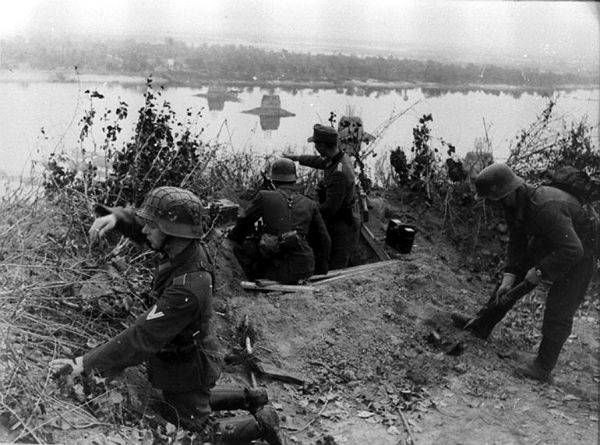
The battle for the Dnieper lasted from August to December 1943. From the point of view of military science, it was one of the largest military operations in world history. The total length of the front line was approximately 1 400 kilometers. Losses on both sides ranged from 1 to 2,7 million people (killed, wounded, prisoners).
So, our story today is only about one operation of this great battle - about the Kiev offensive operation. Only ten days of a great war. 3 to November 13 1943 of the year. Yes, the operation ended on November 13, although the official Day of the liberation of Kiev is celebrated on November 6. Finished, cleaned and all that.
It is best to begin a story about the operation from the words of one of the direct participants in these events, the memoirs of Peter the Anointed, for crossing the Dnieper, which received the Order of the Red Star.
After the order “Watercrafts to the water!” We, twelve people, relatively easily dragged our raft with a heavy machine gun to the place of crossing.
Our shore is shallow, overgrown with reeds, weeds, shrubs, and the opposite - steep and steep. It was ordered to distribute "Commissar". From alcohol, I refused. I was shaking.
Faced with a raft on the water, they began to cross over to that shore. Rays of German searchlights ran through the water, and machine-gun bursts hurried strictly along rays of light intersecting like huge scissors, cutting not with edges, but with a large caliber.
... The ray is about to reach our raft. Not. Flinch, went back. Again headed for us. With the flow of water we are slowly drifting away from our intended course. Again the beam did not reach us. And so several times. Fu-y, push on the shore. I will not hide, rejoiced.
We must climb the steep bank, and even with a machine gun. Scrambled in a solid howl, explosions, cries of the wounded, mothers, fountains of water from explosions.
The sun is already rising. In carrying out the order, we, having advanced a few dozen, or maybe a hundred meters, had to dig in. It was supposed artillery preparation, but we were lucky, we were in a good German trench. Hit the "Katyusha". Everything is burning around: the earth, and water, and the sky ... "
We specifically started the story with these memories. Crossing the Dnieper - it was a very bloody page in the annals of the Great Patriotic War. But so many Heroes did not give any other operation of the Great Patriotic War - 2 438 people! This is more than the amount that was for the entire period of awarding the title of Hero of the Soviet Union before this battle. Never again has the Soviet Army been rewarded so massively.
But there were still awarded from among the senior officers and generals. For forcing the Gums and rivers equal to it downstream, including the Dnieper (the Supreme Command Directive of 9 September 1943), the army commanders were awarded the Order of Suvorov 1 degree, commanders of regiments and individual battalions - the Order of Suvorov 2 degree.
The museum we are talking about today is located in the Vyshgorodsky district of the Kiev region, in the village of New Petrovtsy. Not far from Kiev. The official name of the museum is the battle for Kiev in 1943 year. This is not just a museum, but a diorama museum. But besides the diorama itself on the 8 hectares of the complex there is something to see.
650 meters of communication moves, dugouts, command and observation posts of the army commander 1 of the Ukrainian front, Army General M.F. Vatutin, commander of the 38 army KS Moskalenko, member of the military council of the front Lieutenant General N. S. Khrushchev, the commander of 3-th Guards Tank Army P. S. Rybalko. Samples of military equipment since the war.
Sometimes the question arises: why is the Lyutezh bridgehead considered to be the main one when Kiev was liberated? After all, the bloodiest battles were on the other, already mentioned above, Bukrin bridgehead. Alas, the answer to this question must be sought on the German side.
Field Marshal General Manstein wore the highest military knowledge of the Wehrmacht for good reason. He is a really well-educated, decisive and intelligent commander.
The fact that Field Marshal was able to ship up to 90% of his troops to the right bank of the Dnieper almost without loss, when he realized that it was impossible to keep the left bank, a historical fact. That was the decisive factor in the failure of the Soviet offensive on the Bukrin bridgehead.
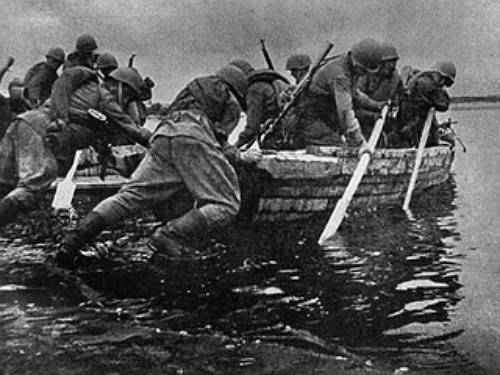
Moreover, the high right bank was perfectly equipped for defense. More 11 August, Hitler issued an order to accelerate the construction of a grand defensive line-line "Panther-Votan", better known here as "East shaft" (from Lake Peipsi to the Sea of Azov). The right bank was just a part of this shaft.
But no less talented commanders fought against Manstein. The operation that Vatutin carried out until now has been studied in most military academies in the world, as an example of the military art of a commander. If you will, the commander of genius. Although, it should not be forgotten that the decision to transfer the main attack to the Lyutezhsky bridgehead was made at the Supreme Command headquarters by Stalin personally.
In a short time, Vatutin transferred hundreds of thousands of soldiers from the Bukrinsky bridgehead to Lyutezhsky in ten days. In addition, about 500 tanks have been deployed! The operation was carried out so brilliantly that German intelligence did not even notice this fact.
The airwaves were overloaded with reports of "tank commanders" about preparing the offensive on the Bukrin bridgehead, about taking up positions with artillery regiments and brigades, about the approach of fresh infantry units. Tanks raised the heat on all fronts, which visually created the appearance of real movement of large mechanized formations.
Total 20 kilometers north ...
November 3 1943 of the year. This day the surviving soldiers remembered for a lifetime. And on both sides of the front. Artillery really was a god of war. 300 trunks per kilometer front. The god of war punished for all the atrocities that the fascists and their accomplices were doing in Ukraine.
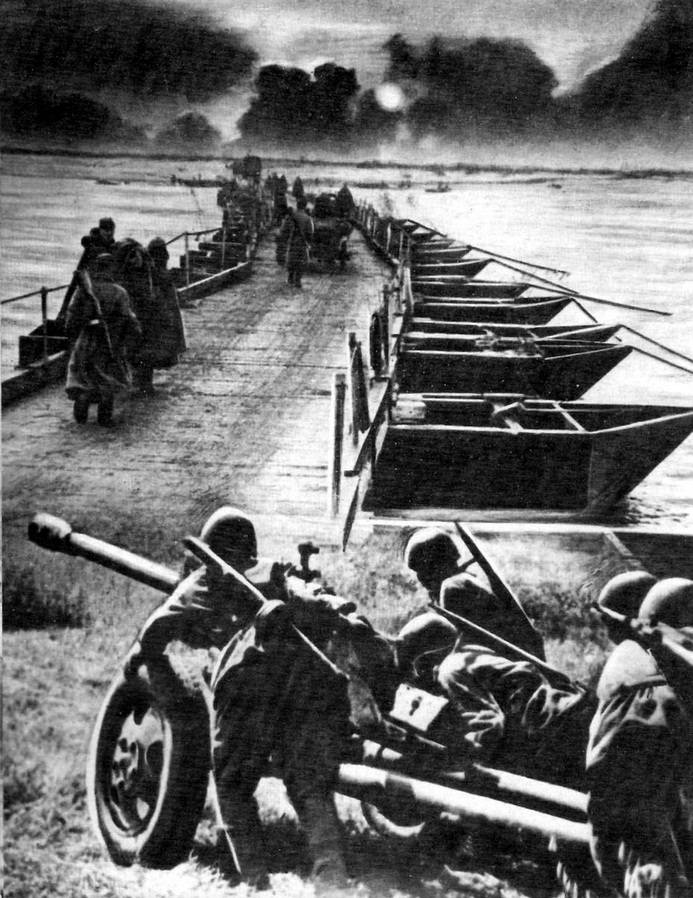
Manstein resisted fiercely. They fought really strong, experienced and fearless rivals. The heroism of the defenders was opposed by the heroism of the attackers. But multiplied by the desire to avenge the fallen comrades, the desire to liberate Ukraine, the desire to destroy those who came to the Soviet land to kill. Hand-to-hand fights flared up on one, then on another sector of the front. Nobody wanted to retreat.
However, the power of the advancing army and the surprise of the offensive played a role. Attempts by the Germans to transfer troops from the Bukrinsky direction and from other sectors of defense only exacerbated the situation. The Soviet army was grinding parts like millstones in a good mill.
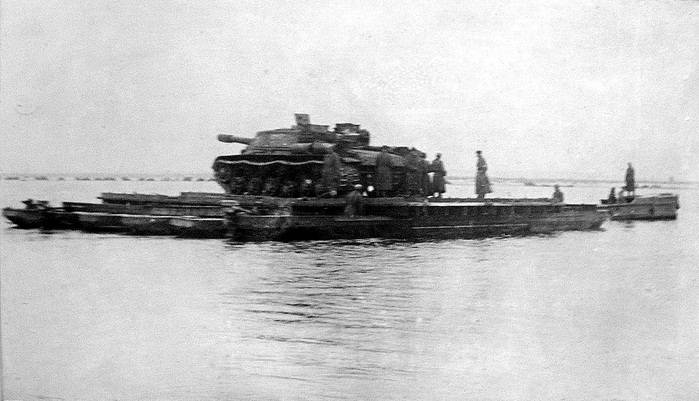
There was a danger of the second Stalingrad. The offensive threatened to turn into a "cauldron." And then Manstein decides to leave Kiev, after destroying everything that can be destroyed. Blow up, burn, destroy.
6 November 1943, the Soviet tanks broke into abandoned Kiev by the fascists.
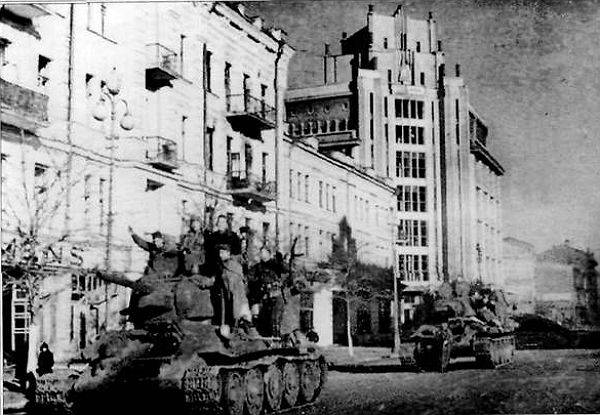
First, according to military reports, the scouts broke into the city. The tank of foremen Nikifor Sholudenko 5 in November, who was just studying in Kiev and knew him well, broke into the western part of the city. But the fire of the German ACS was hit.
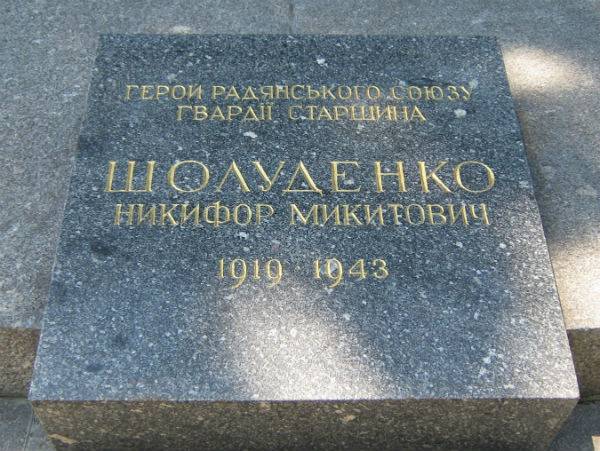
The date of November 6 appeared after General Moskalenko (4 o'clock in the morning) visited Kiev that day and reported on the capture of Vatutin. Further, on command, the report reached Stalin.
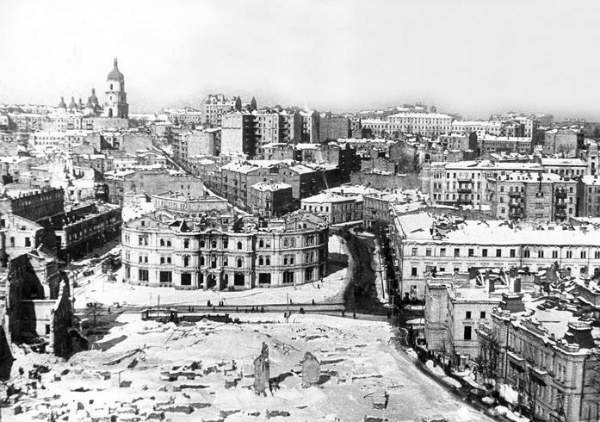
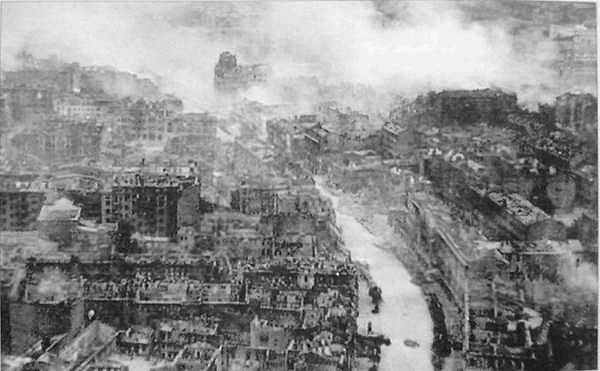
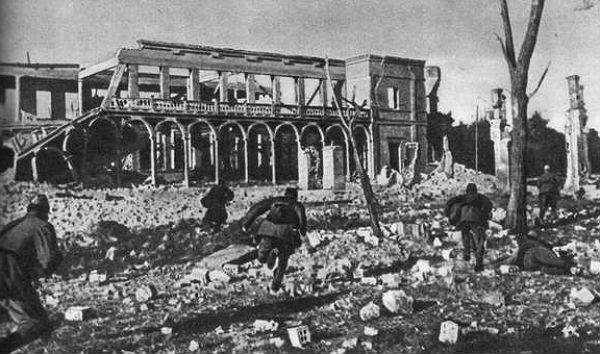
The diorama "Battle for Kiev in 1943" is an excellent reminder of these events. A reminder of 300-400 000 soldiers and officers who lay down their heads during the months of confrontation on the bridgeheads of the Dnieper. The exact number of dead has not yet been established.
Today, Ukrainian propaganda vigorously inspires the citizens of the country that Russian generals, especially Zhukov, deliberately destroyed Ukrainians during the capture of Kiev, sending them to the most dangerous parts of the fighting. Fairy tales of “eyewitnesses” about millions of dead “black infantry,” unarmored and unarmed Ukrainian conscripts, are published.
Indeed, the Soviet troops were replenished, including by local residents. At the beginning of the operation, these were volunteers, and after the directive of the Supreme Command Rate, signed by 15 of October by Stalin, “On the order of conscription in the areas liberated from the German occupation,” already conscripts. Here are just the number of recruits from the occupied territories of Ukraine in 1943, amounted to only 120 thousand people.
By the way, it should be said about the penalty companies. The crossing of the Dnieper automatically turned the company into an ordinary rifle company. And the soldiers were no longer considered convicted and convicted.
Now we will go to the territory of the memorial complex.
Street exposure, for example, is immediately prone to the same disease as the 90% of the museum exhibits on display in the street. Thick coat of paint and complete inoperability. But there are very rare specimens, unusual for Russian museums.
It is difficult to say that the enemy’s weapons are worthy of being here, a moot point. But the 88-mm anti-aircraft gun is not a frequent visitor to the exhibits. And the gun was very, very good.
Chronicle ... Not rewritten ...
Tribute to modernity - a monument to the world. But the words are correct, humanity is really obliged to remember the price at which this world was conquered.
Monument to the liberators of Kiev.
Very interesting monument. Unkown soldiers grave. The performance is just great.
Then the restored positions of the Soviet troops begin.
An unpleasant moment. It is clear that the spring has just begun, and work on the aftermath of the winter seems to be going on in the territory of the memorial complex, but it was unpleasant to watch this.
Well, there's nothing you can do, I want at least somewhere to be the first Ukrainians in Europe. Even if this is the first place on lack of culture.
Throughout the territory there are such signs that tell who worked on the creation of a particular segment of positions. The main work, if you believe the signs, fell on 2012-2013 years. And representatives of very many structures worked. Let it look more than strange today.
Field dining room. Well, I think everyone understood.
Monument to the soldiers-motorcyclists. Created by the initiative of the members of the Interregional Special Forces Veterans Association and the Motorot bikerklub in 2011.
Well, the museum. The museum is not just good. He and made with love, and not touched by the winds of change.
Well, it's beautiful, right? And you even forget that you are looking at something in Ukraine. But there are moments that could be circumvented, but we will not.
First, it is a disgusting level of preparation of guides and specialists. It seems that it is simply that the careless history teachers were kicked out of the schools. The second is ATO.
It is clear that all of this is history, even the second civil war on the territory of Ukraine, but it could be demonstrated somewhere else. But apparently, nothing else is impossible. Although if the exhibition about the ATO - this is a condition for the preservation of such a museum, but okay. Could be worse.
- Alexander Staver, Roman Skomorokhov, T. Okoloradsky
- T. Okoloradsky
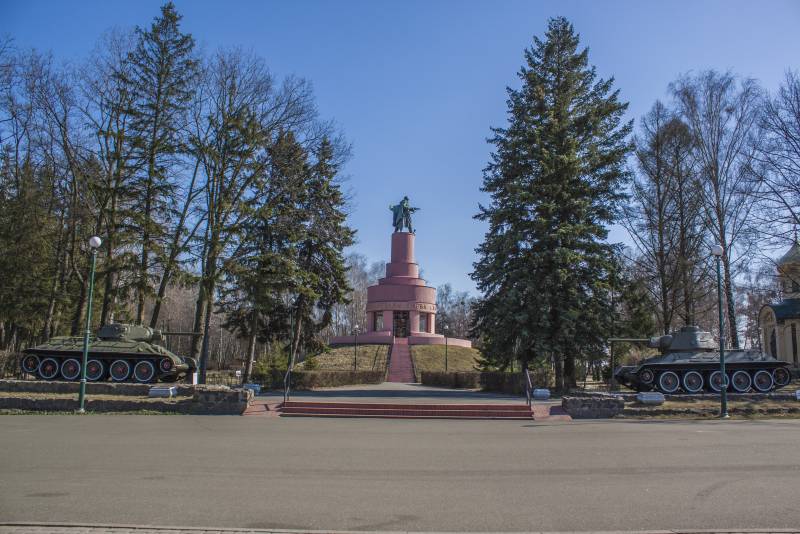
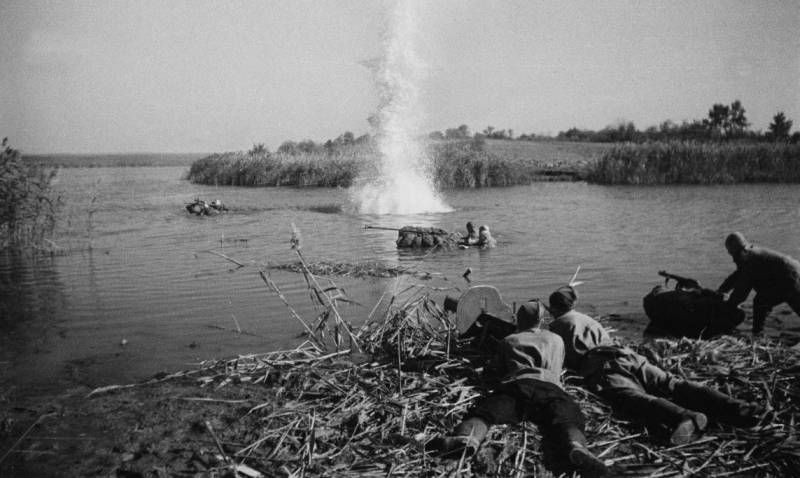
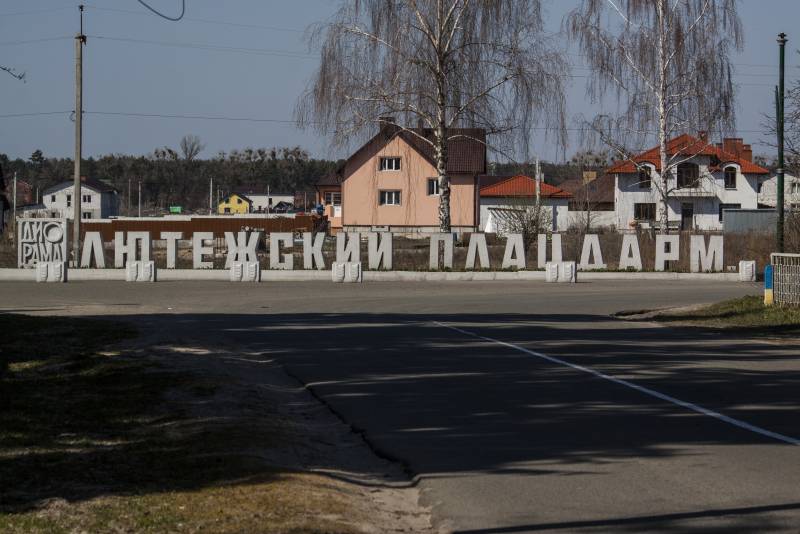
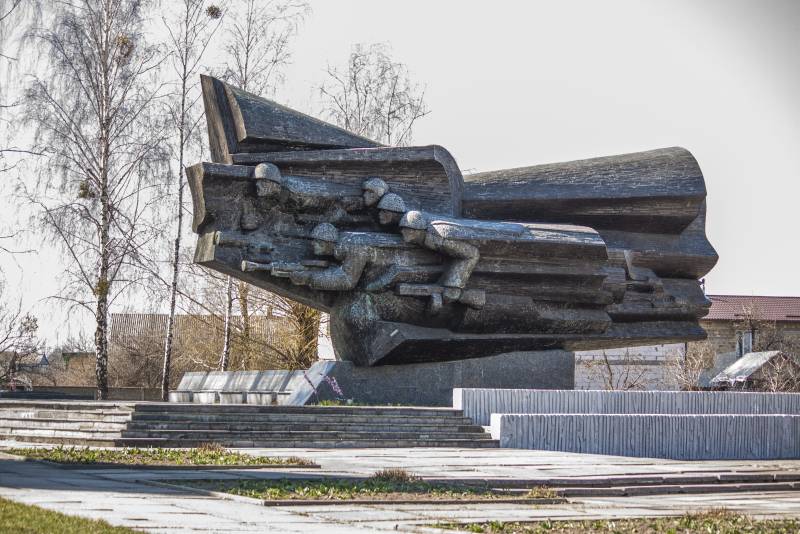
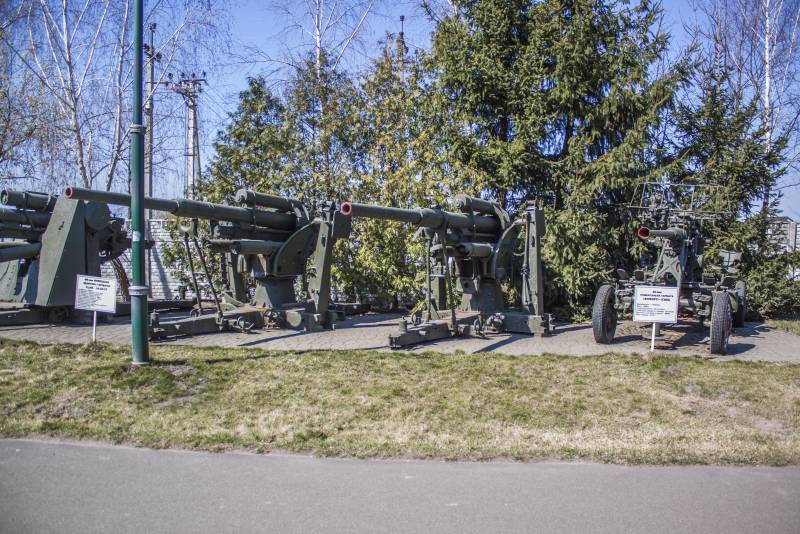
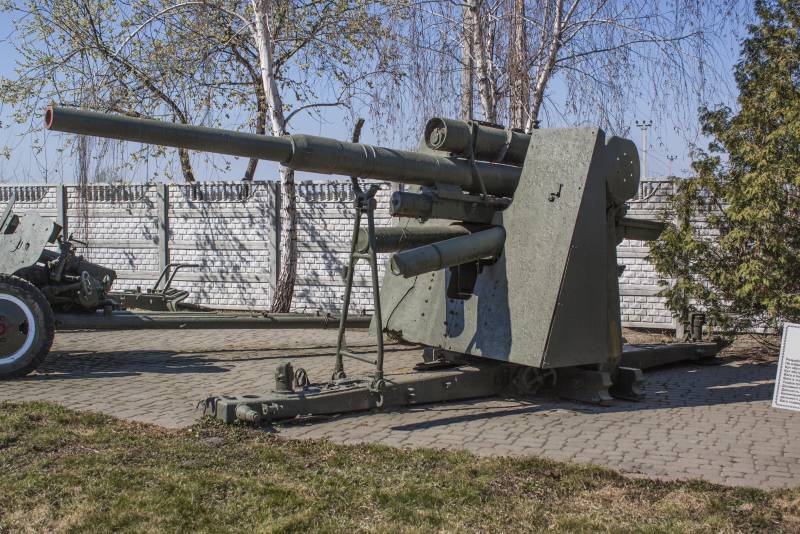
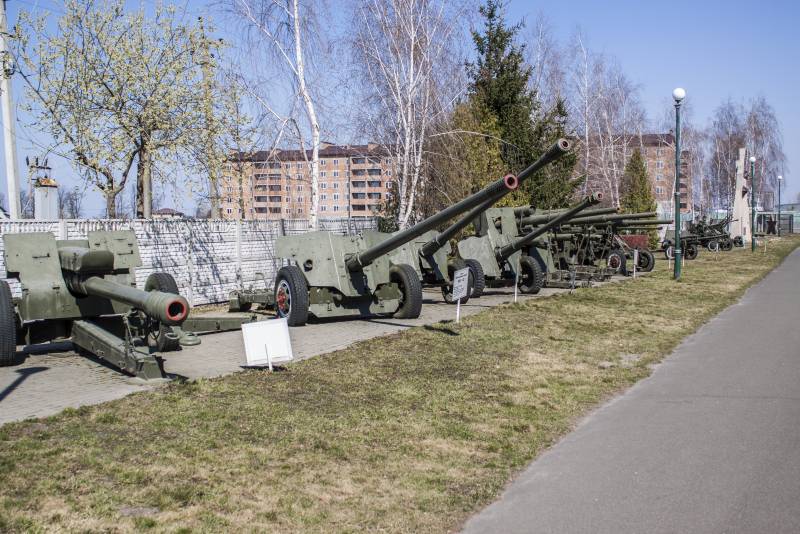
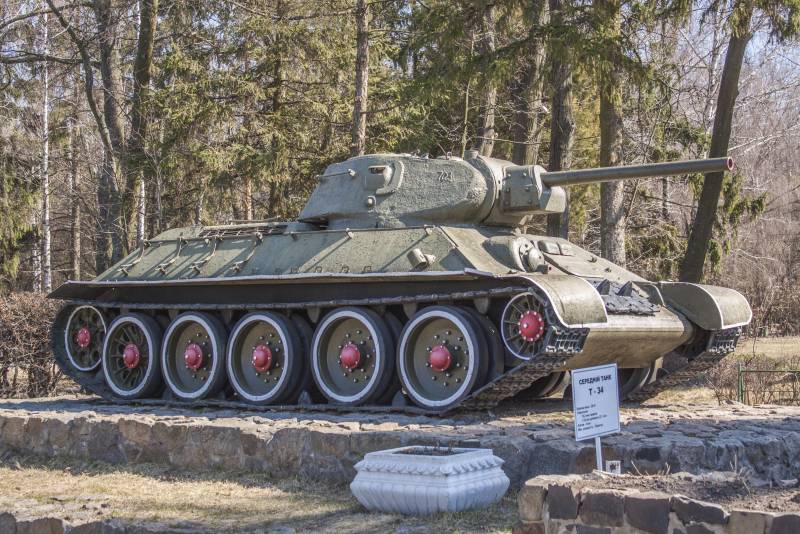
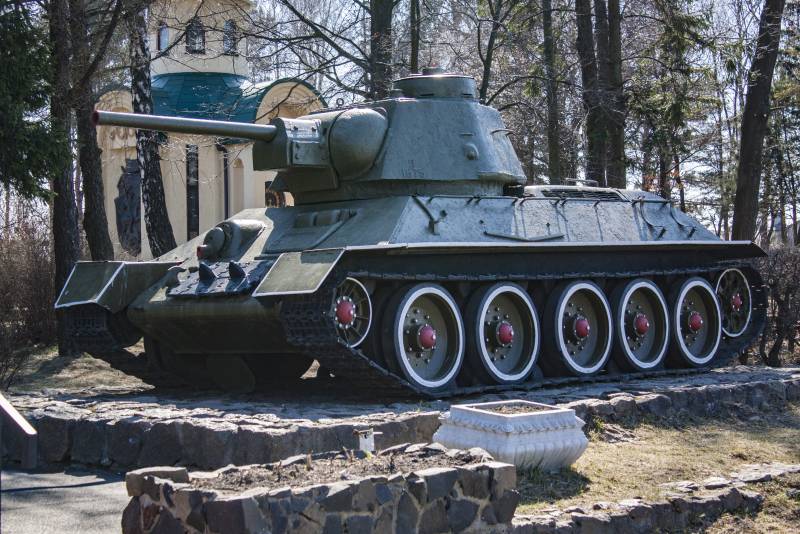
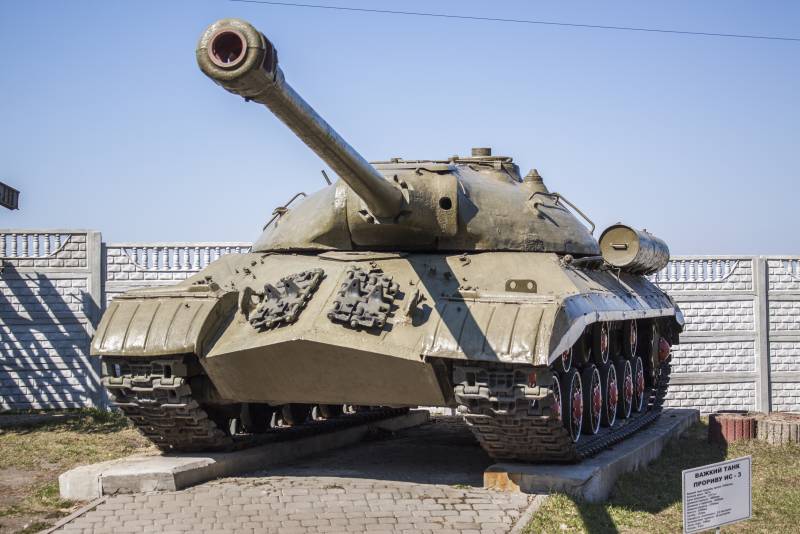
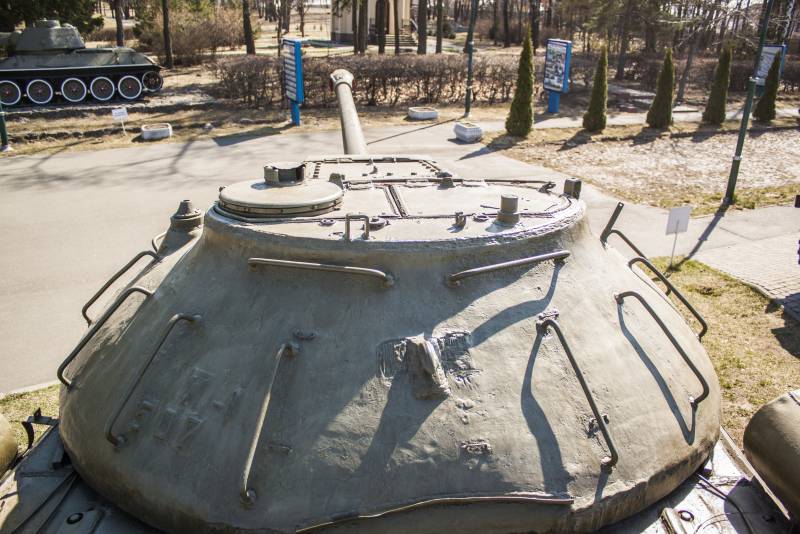
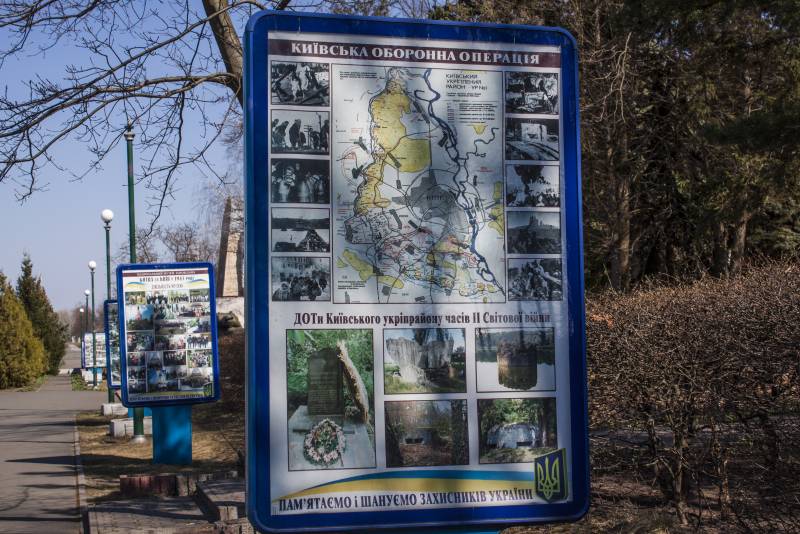
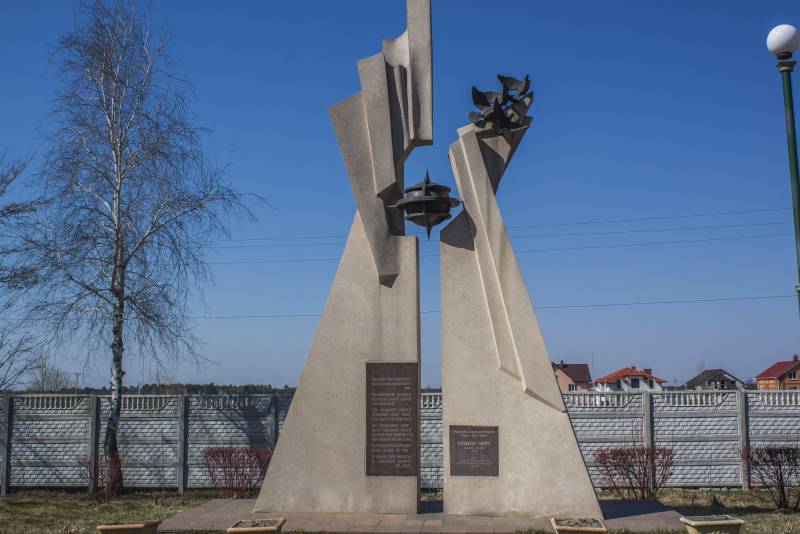
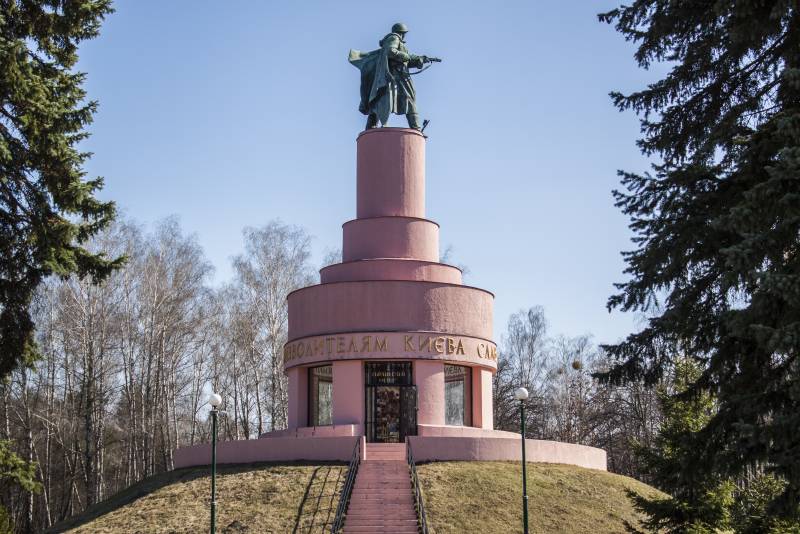
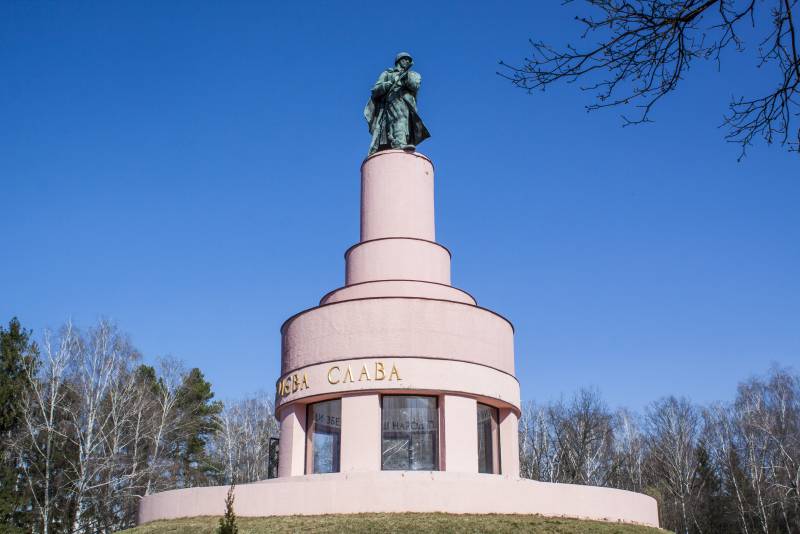
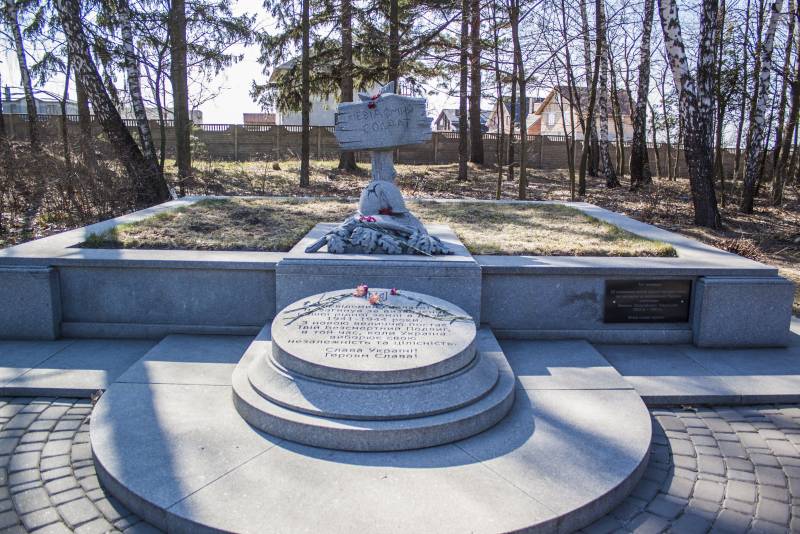
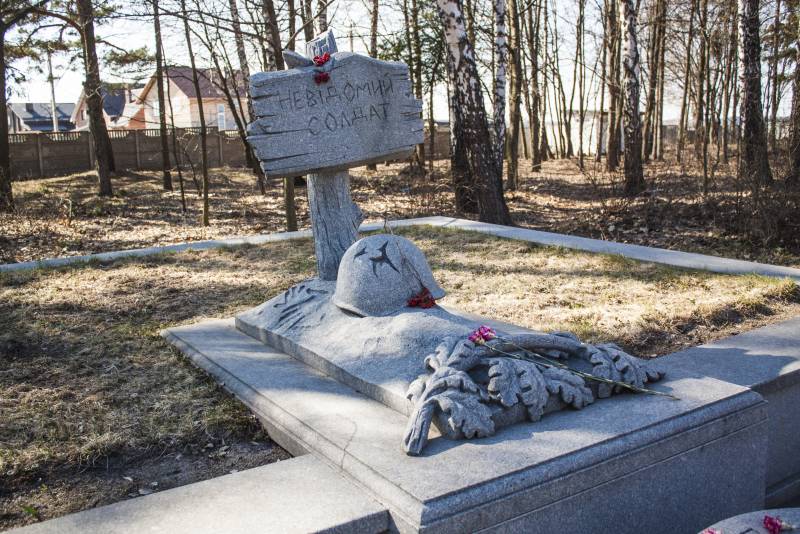
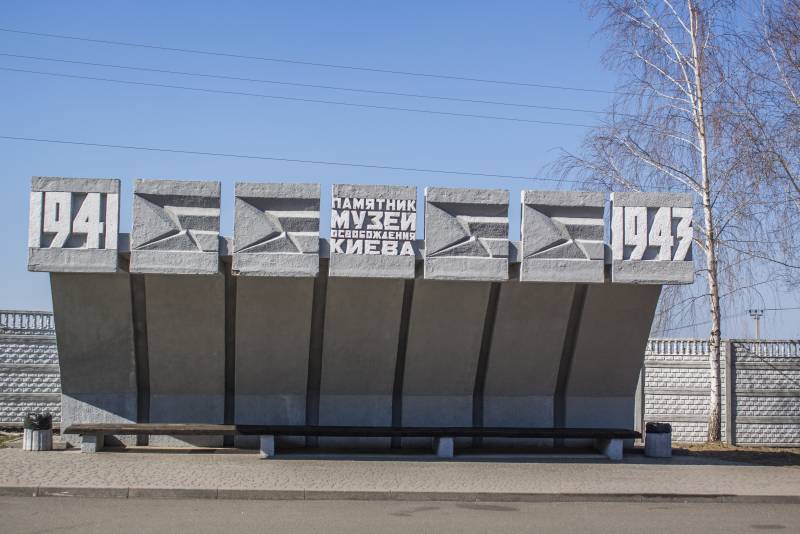
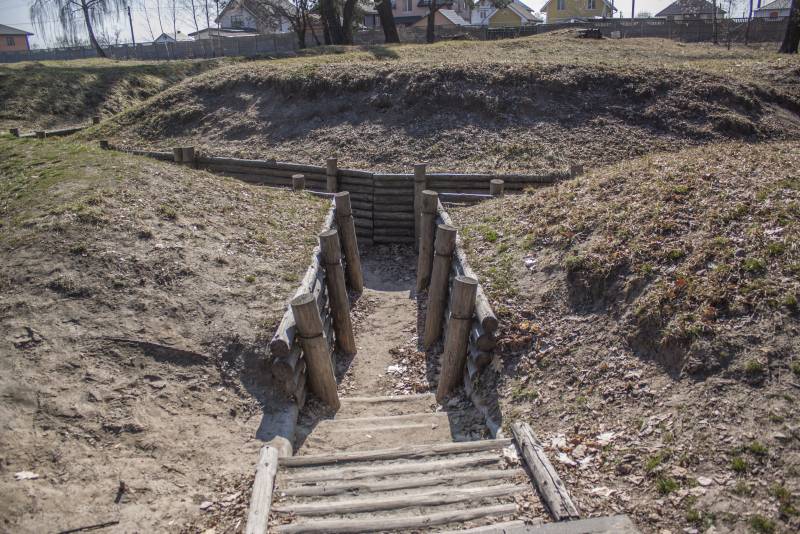
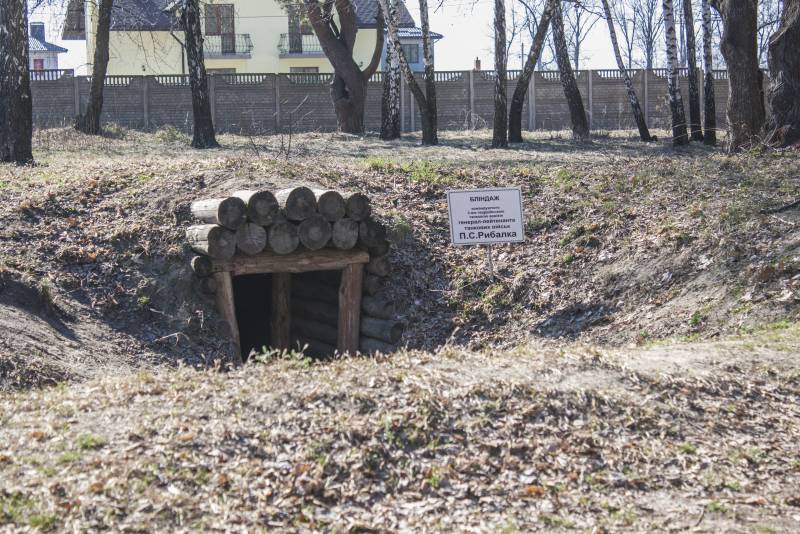
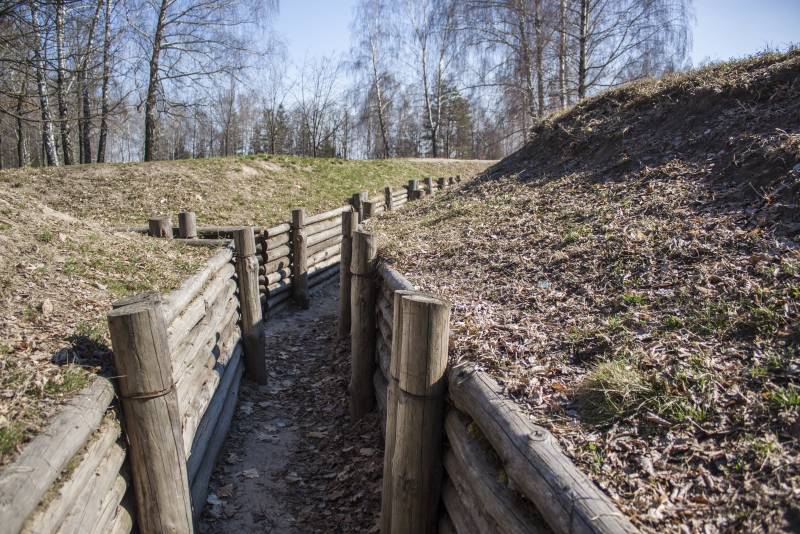
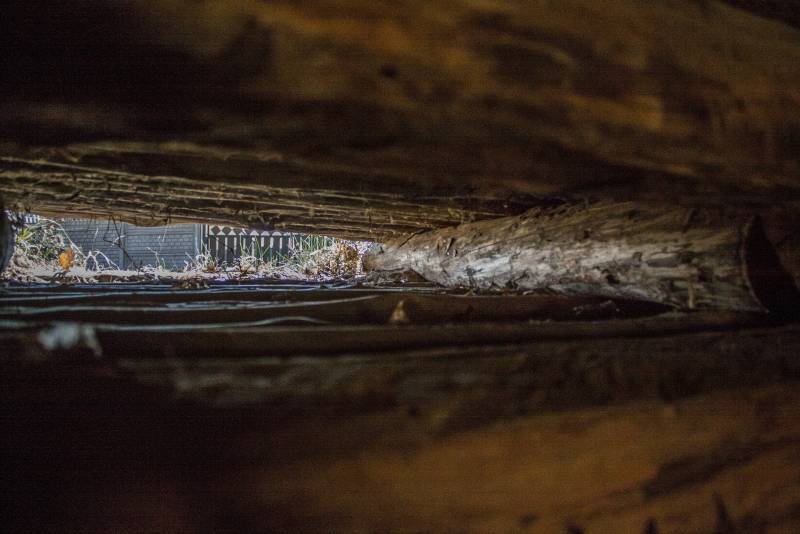
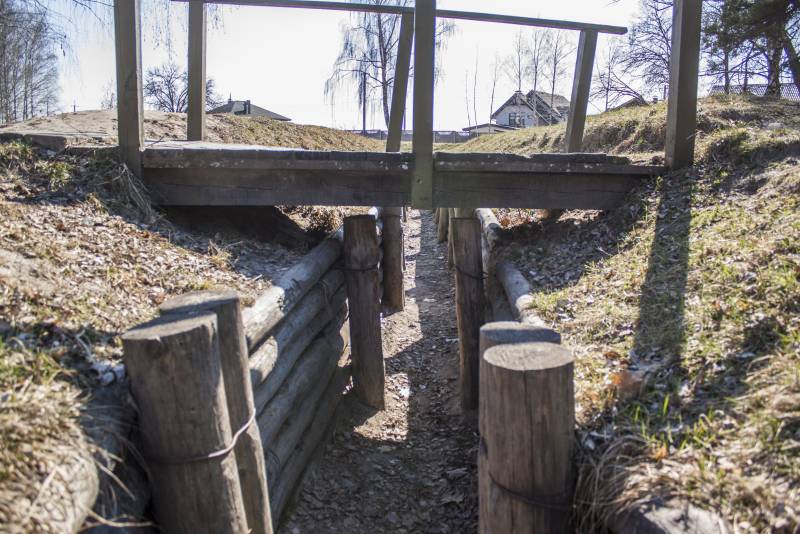
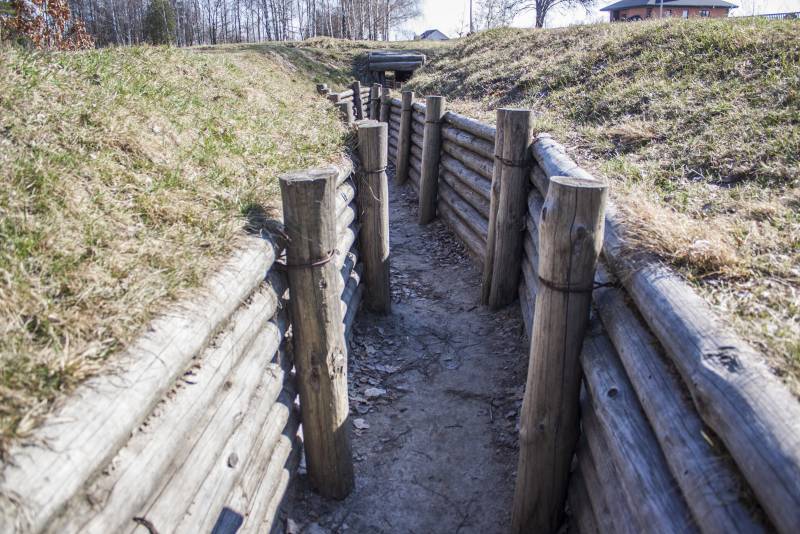
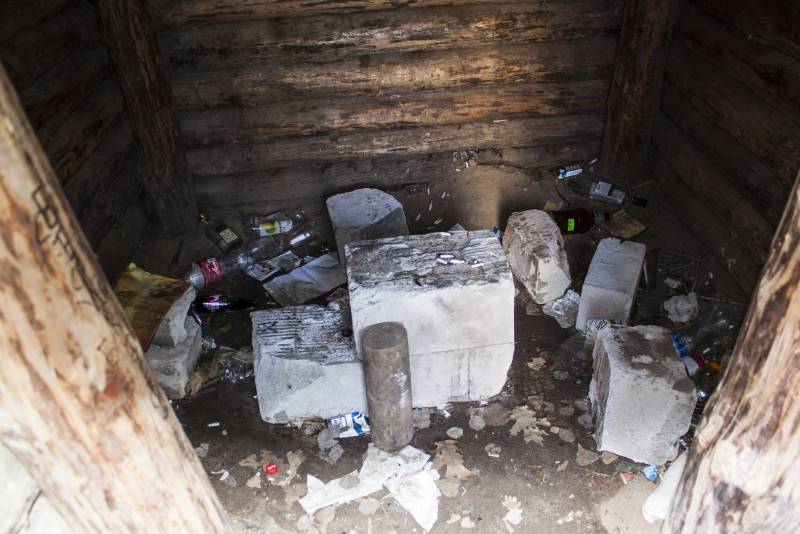
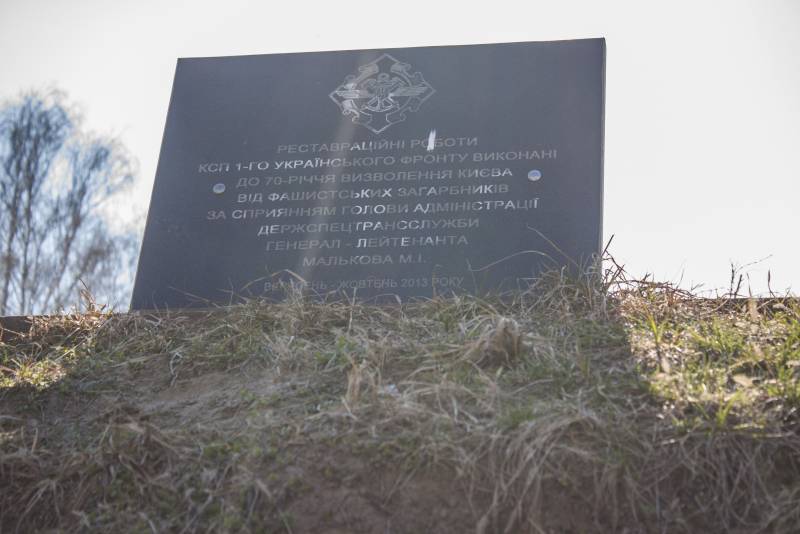
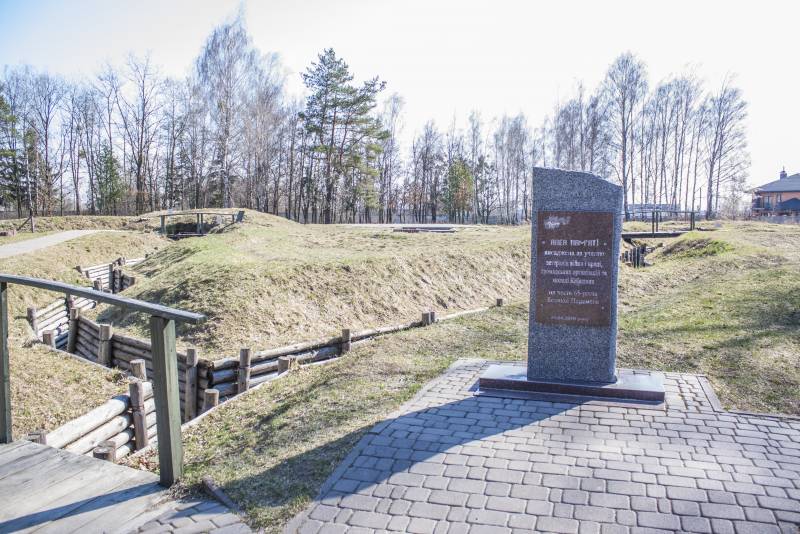
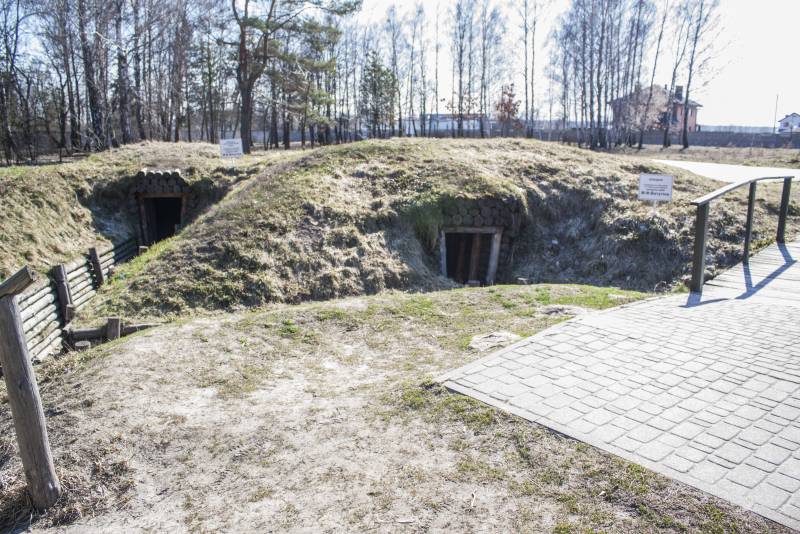

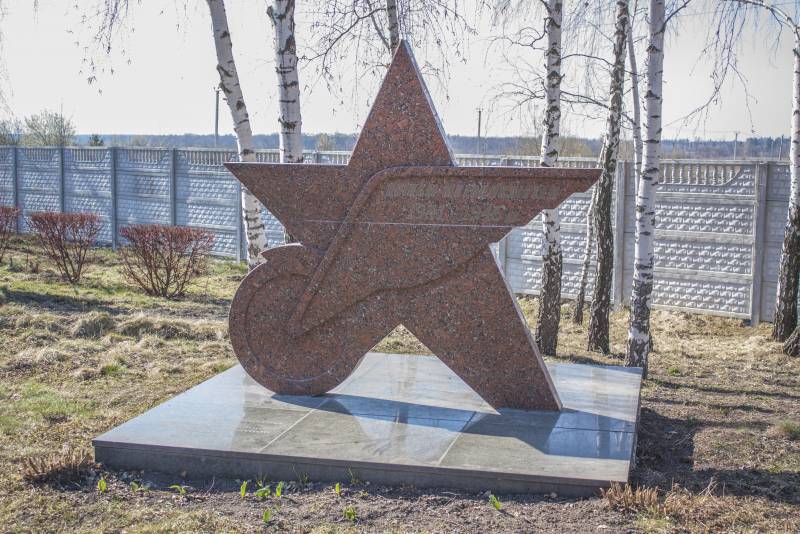
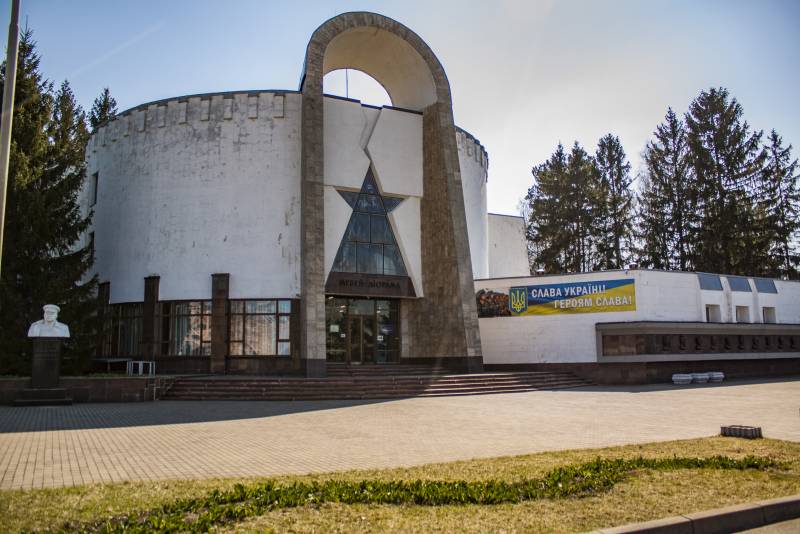
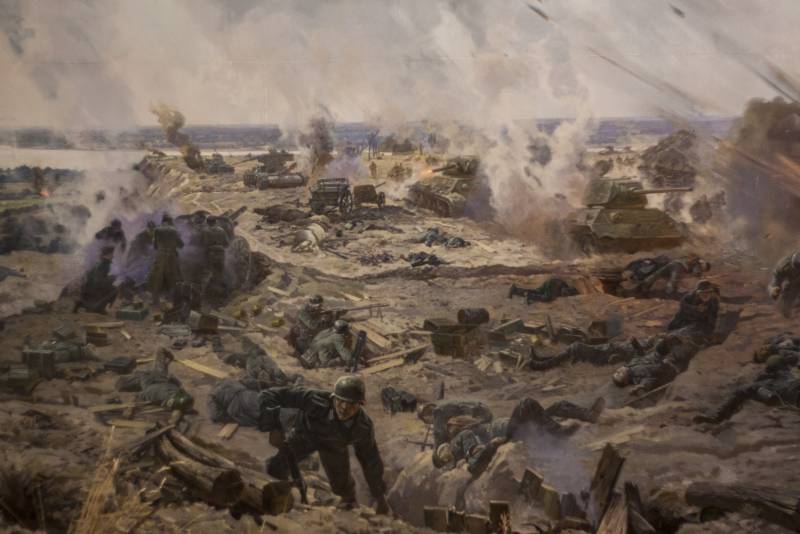
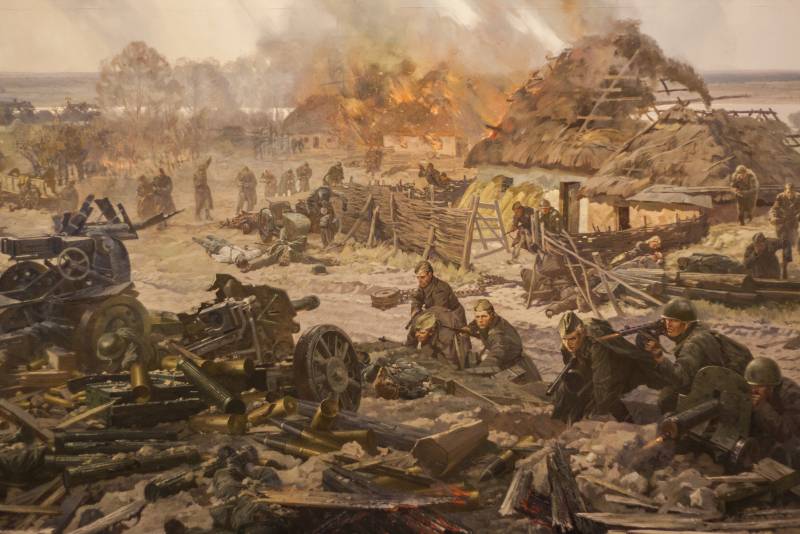
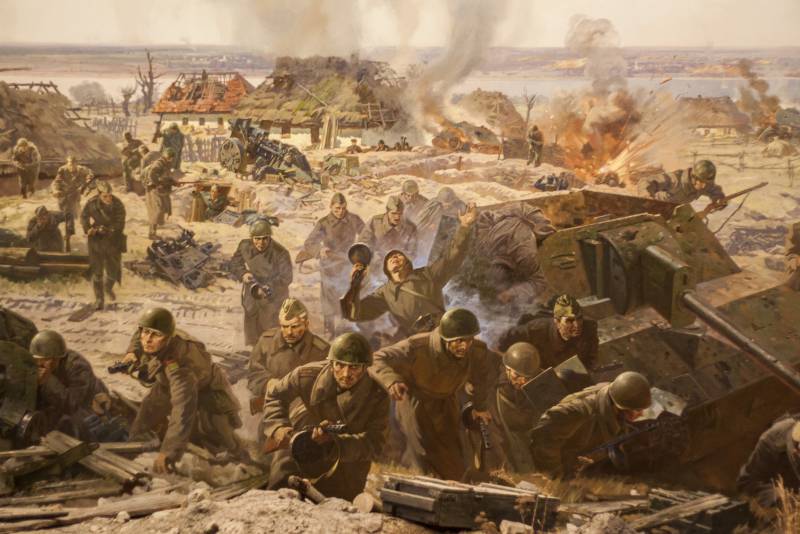
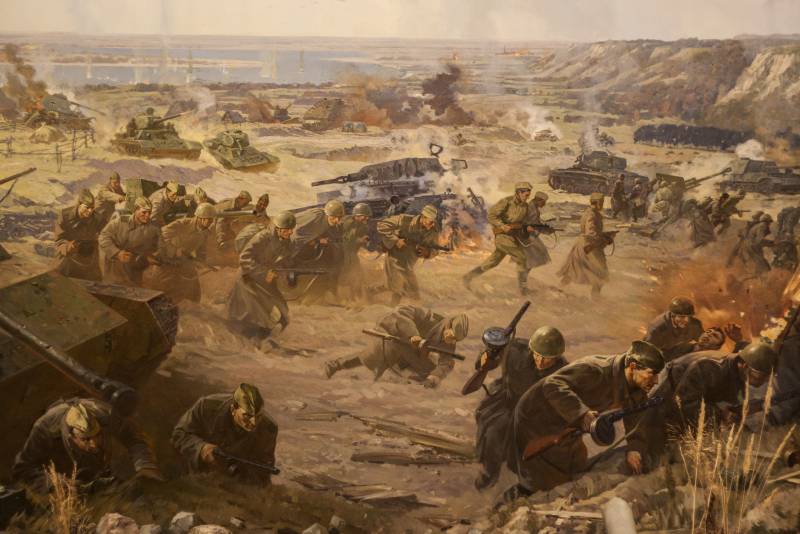
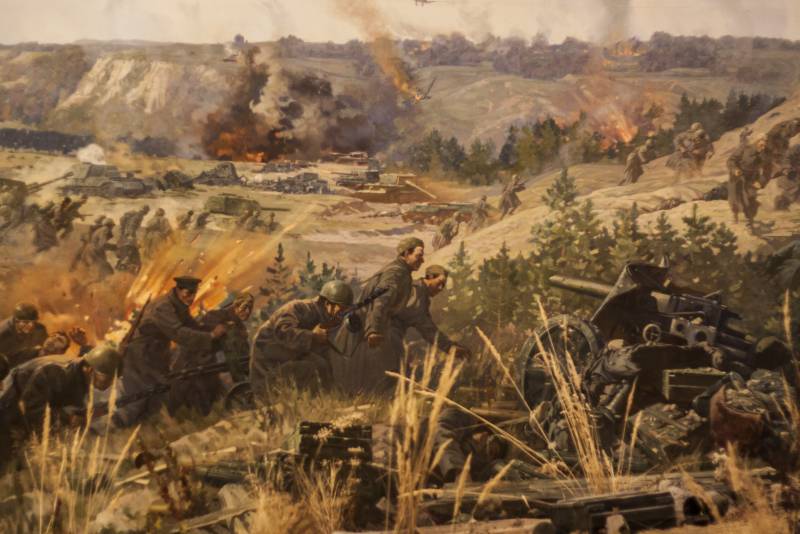
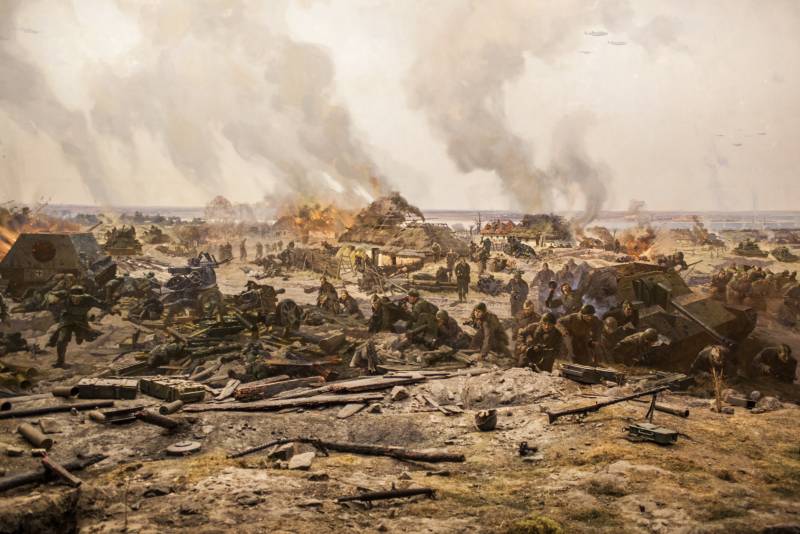
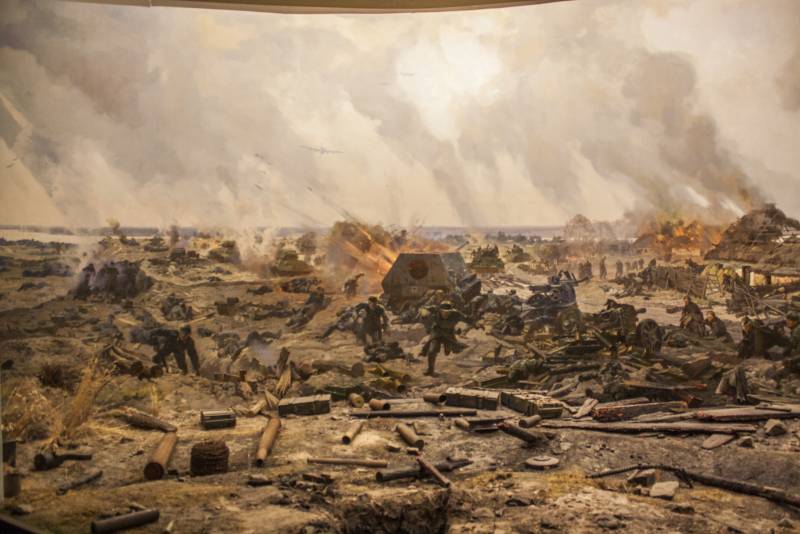
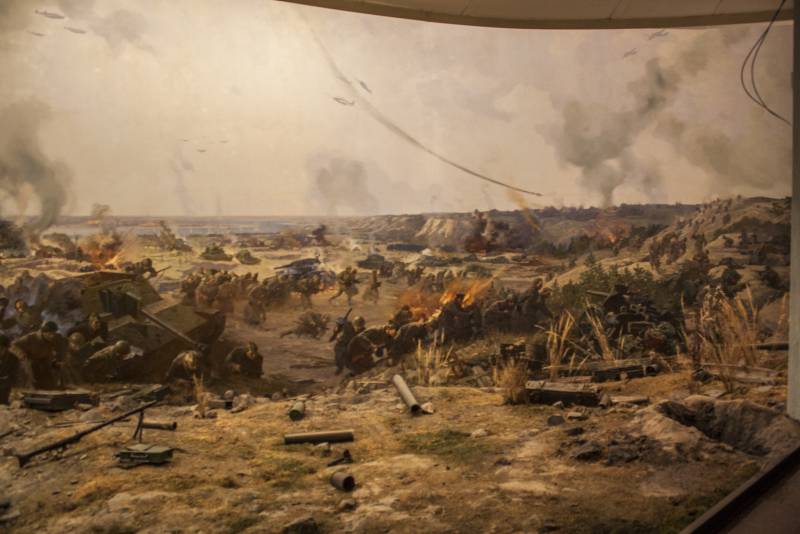
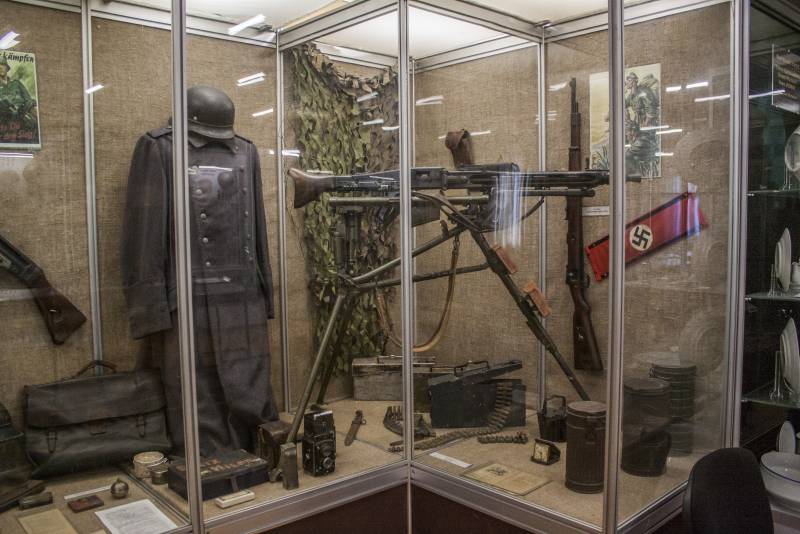
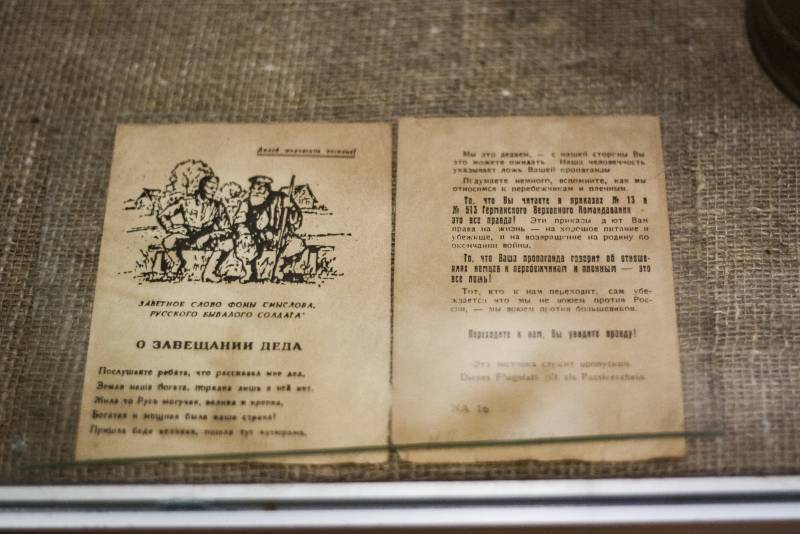
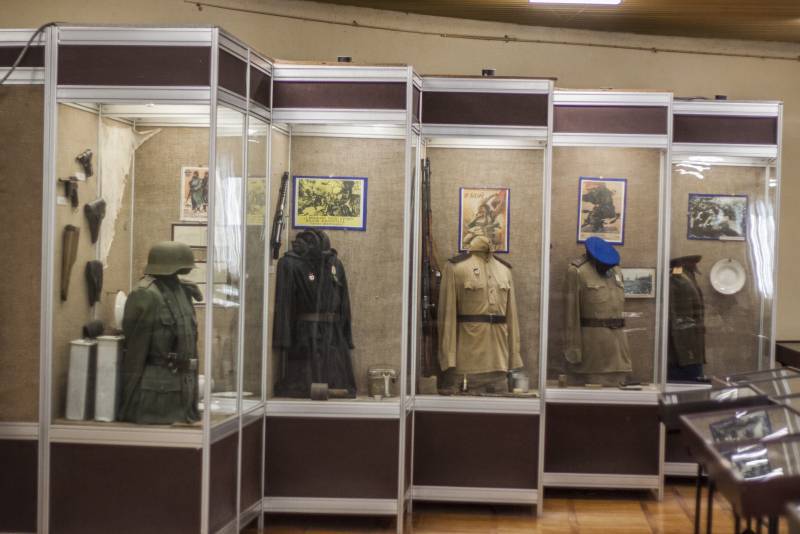
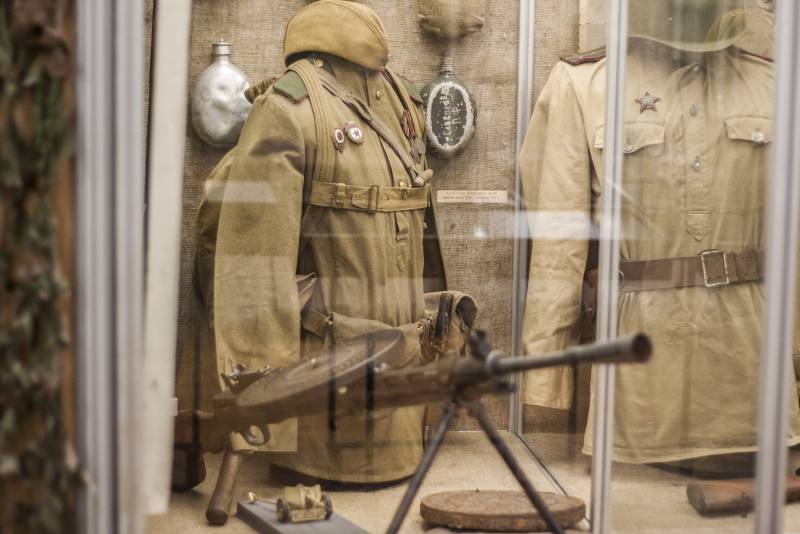
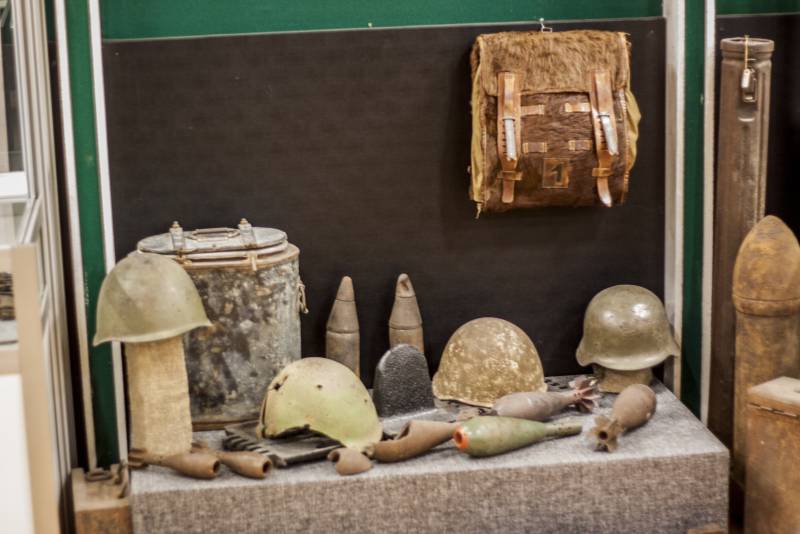
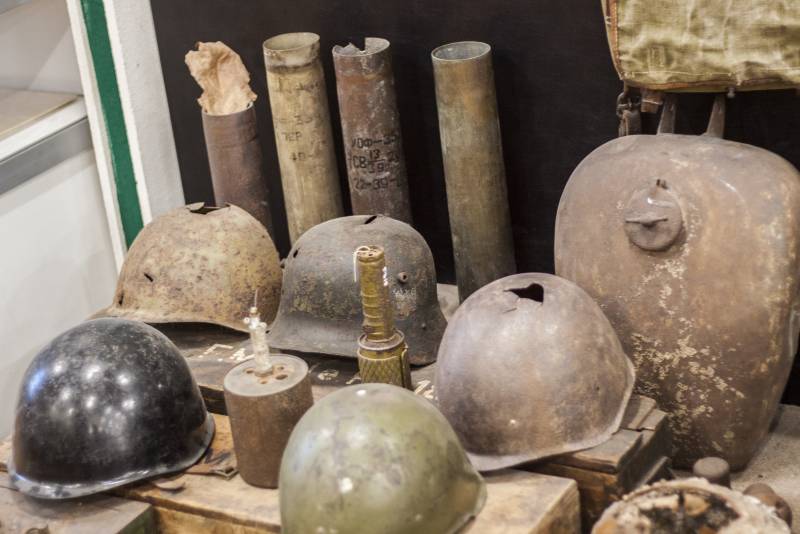
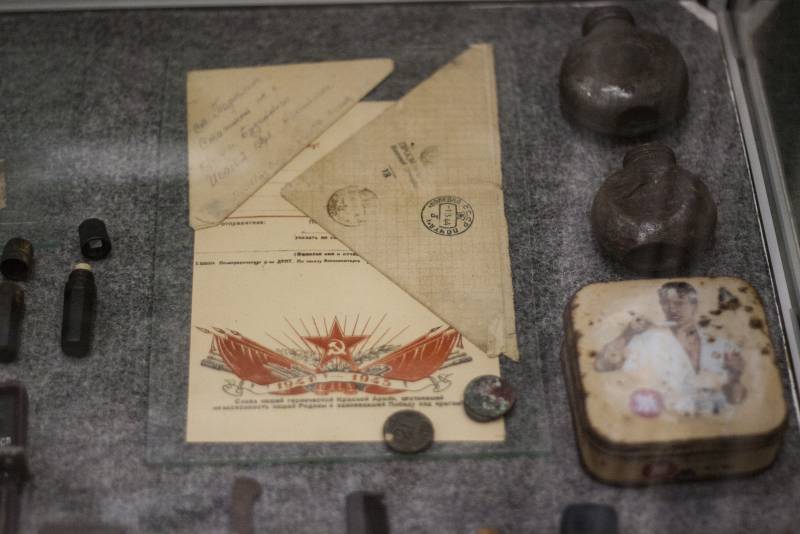
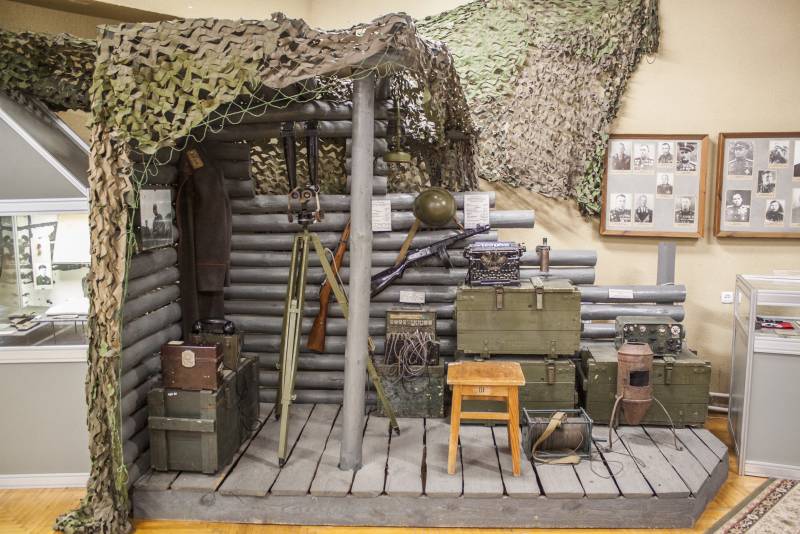
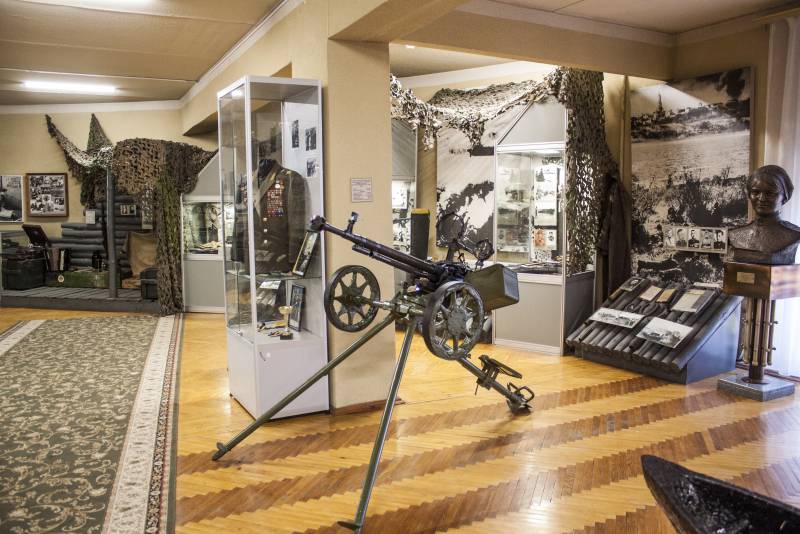
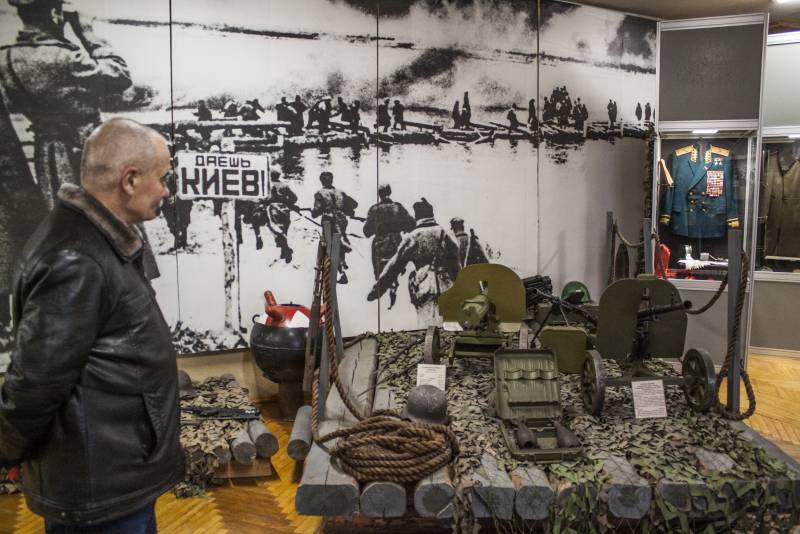
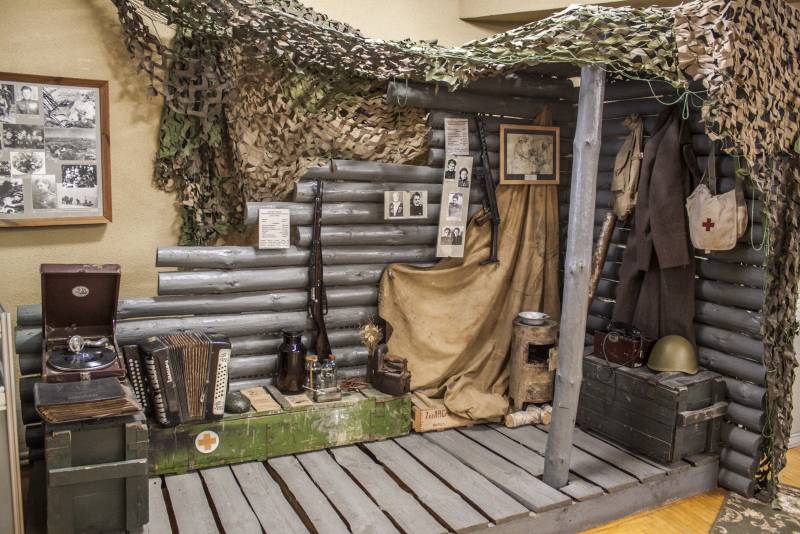
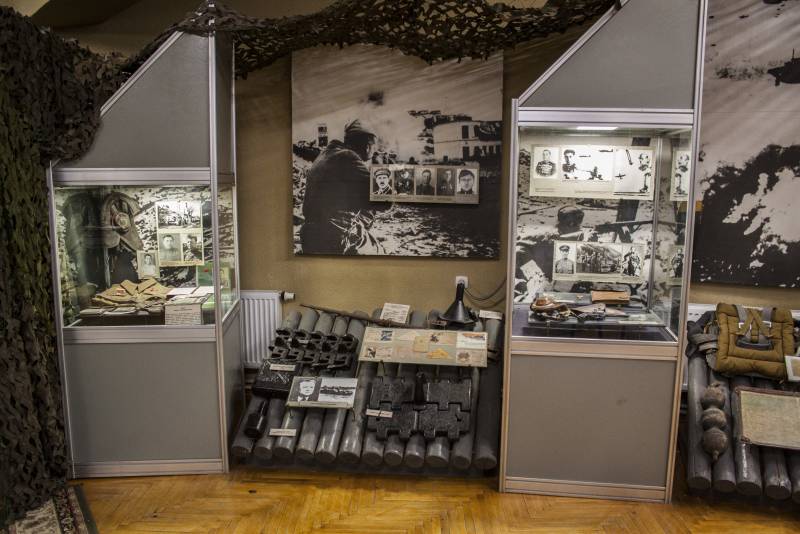
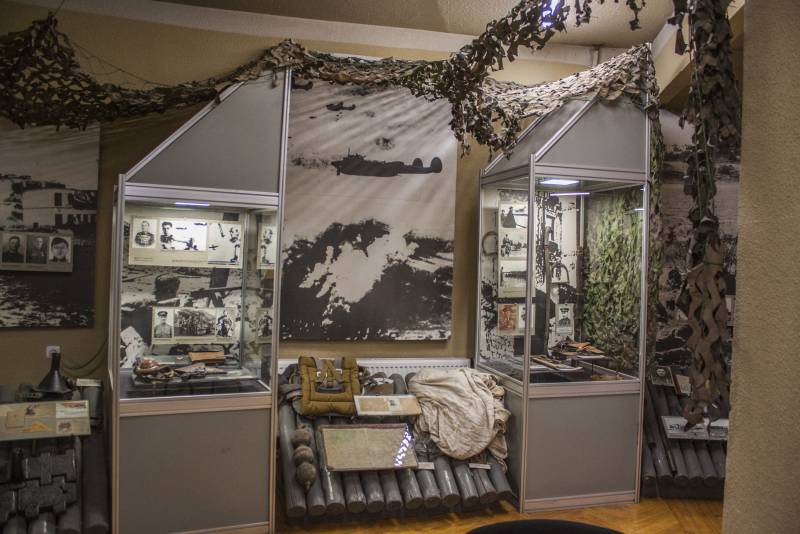

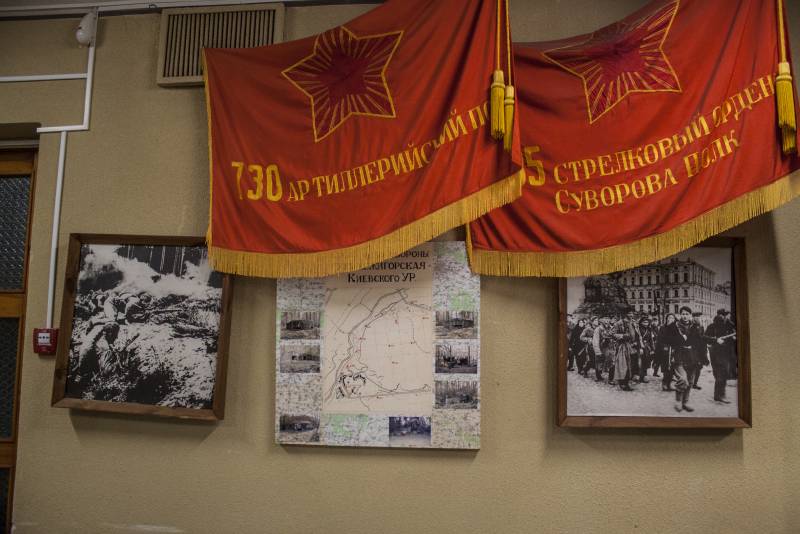
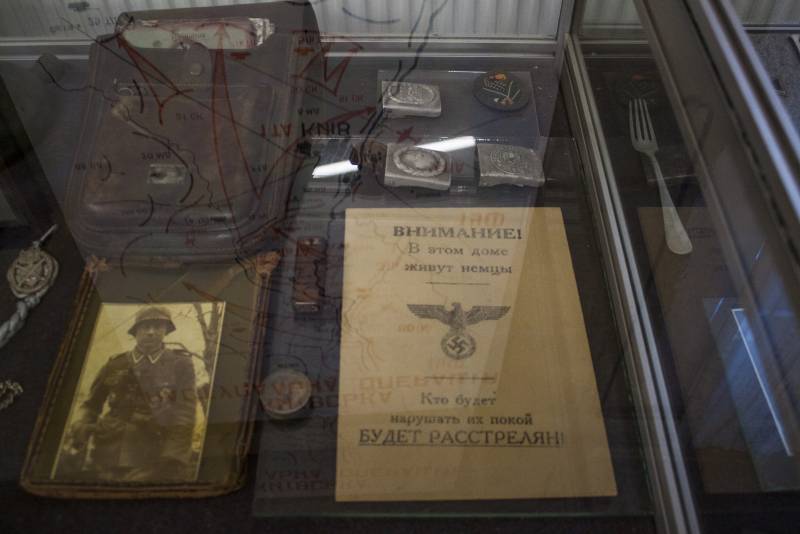
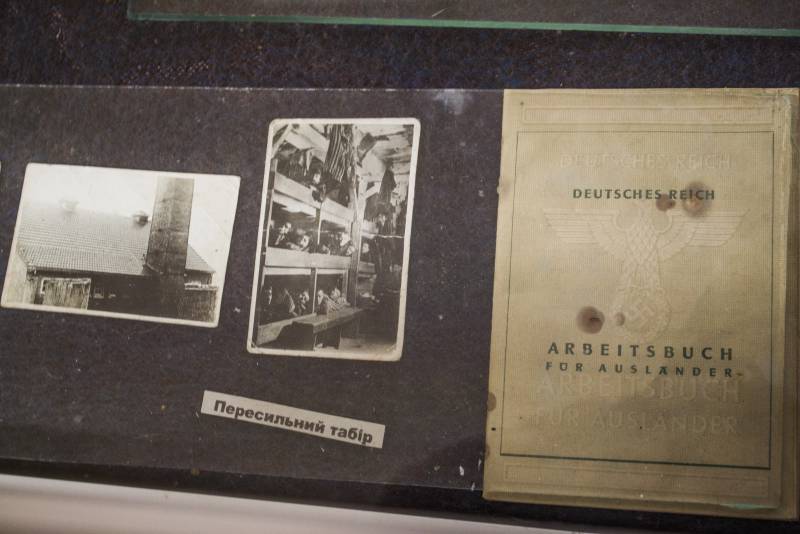
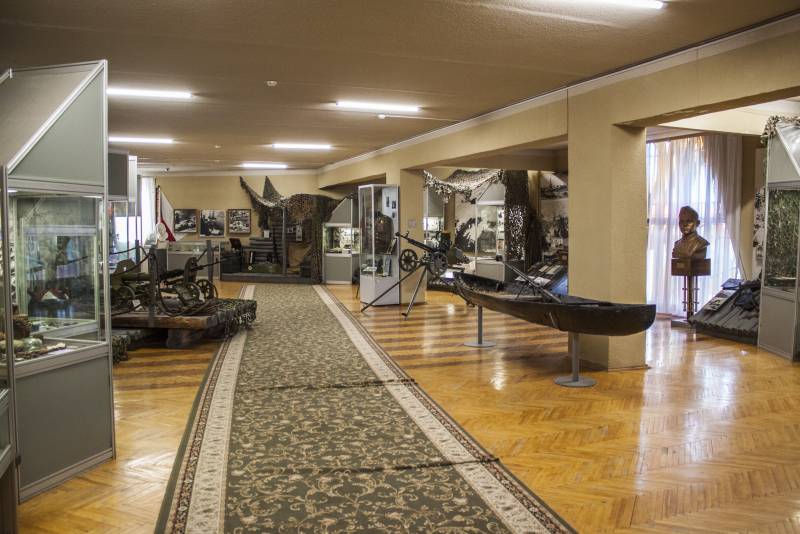
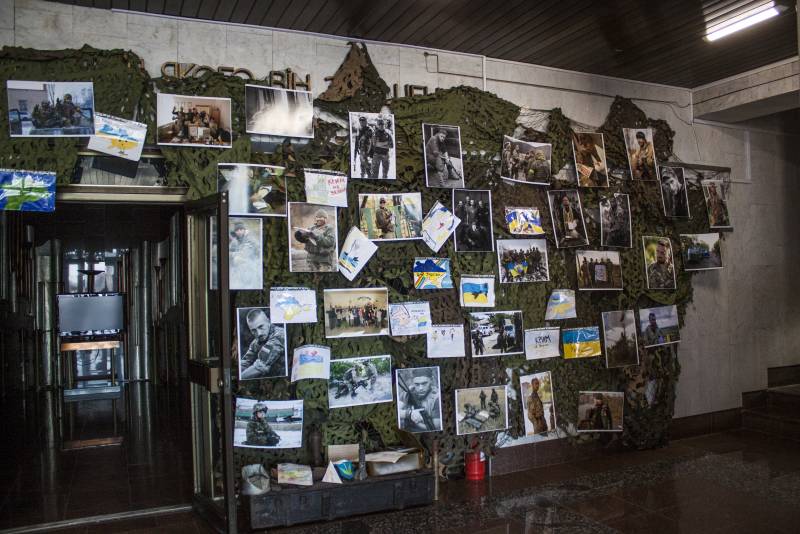
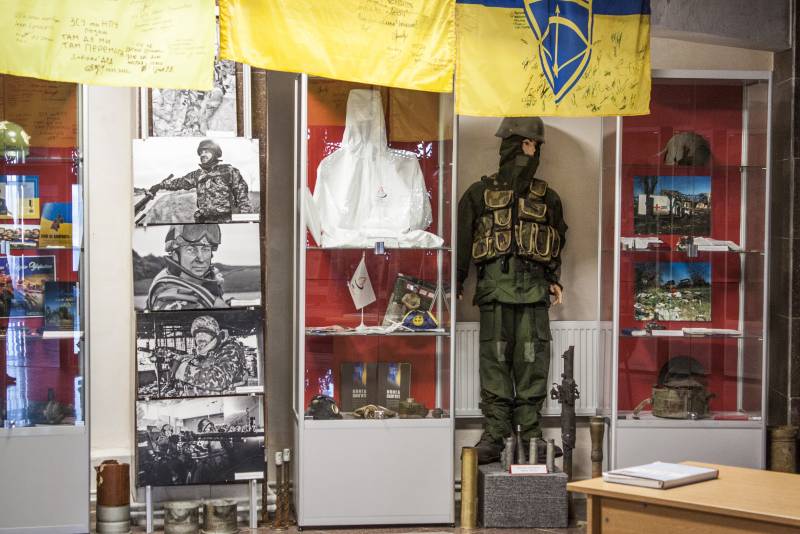
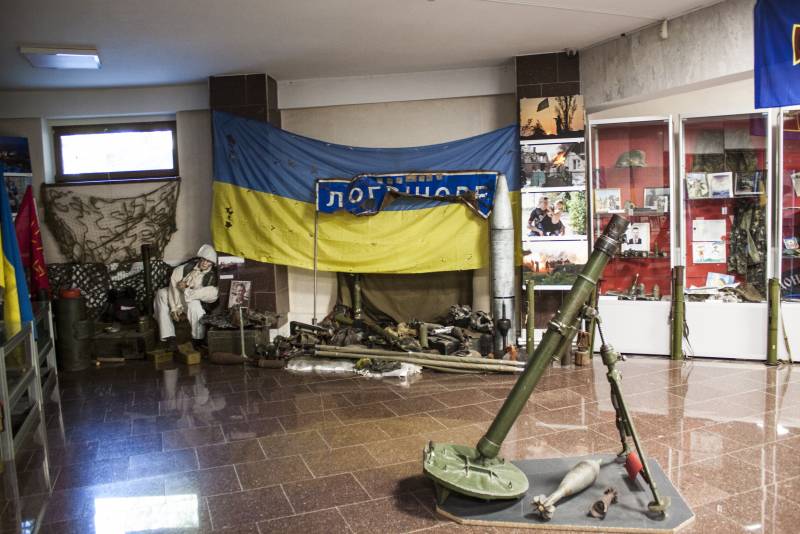
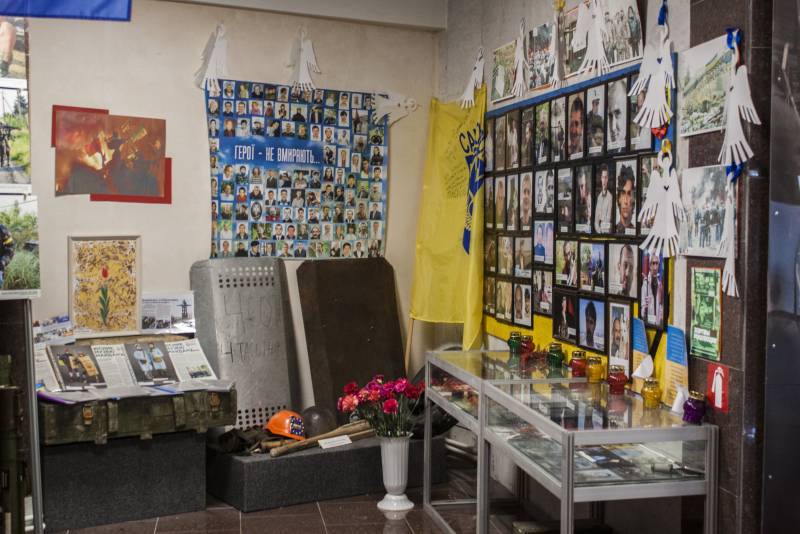
Information